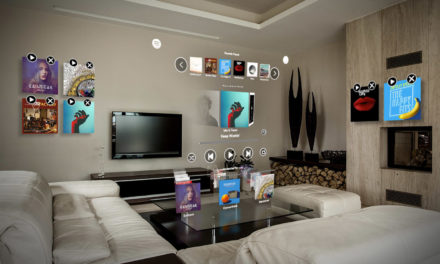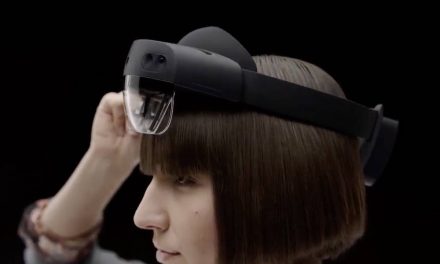Adam Levenson, Vice President of Business Development at G’Audio Lab, discusses the evolution of the XR industry and how audio can be adopted for experiences. The following is a transcript of our interview with him.
3E: So can you tell us a little about yourself, your position, and the company you’re here to represent?
AL: My name is Adam Levenson. I’m with G’Audio Lab, I’m VP of Business Development with the company.
3E: Tell us about G’Audio Lab and what makes you unique.
AL: We are an audio technology company based in Los Angeles. Most of the development team is in South Korea, in Seoul. It’s about 25 people, including seven PhDs. I often like to say that is a high PhD-to-human ratio.
Our core expertise is in spatial audio for VR and AR. And what we’ve done is taken that core expertise and productized it. For VR, we have a spatial audio renderer specifically for 360-degree video. Then we have plug-ins for Unity and Unreal, so for interactive VR. And on AR, I’m especially excited because we’re developing a whole new suite of technologies to sort of attack the issue of audio on AR, because it’s sort of like this undiscovered country. No one has really gone there. If you want people to be immersed in the training experience, you need to have that audio layer, you need to add that third or second dimension, however you want to think about it. There’s this terrific potential to realize the potential of augmented reality audio.
3E: What trends have you seen at VRX that excite you and why?
AL: I think it’s a unique conference. It’s small in terms of what exhibitors but there are a lot of big ideas being shared, and I think we’re at a stage in the development or evolution of AR and VR where there’s a lot to talk about. Even as little as six months or a year ago, we were talking about AR and VR
and MR as these very distinct things. I think we were all trying to sort of understand what the distinctions are.
But what is really clear, I think one of the main takeaways, is that we can really look at this on a continuum now – where AR, perhaps, is this concept of a layered or a layer of additional information, or additional data, or additional experience in our lives, and VR is this idea of total immersion, and there’s a continuum there, and there’s a spectrum of different possibilities across that continuum. And that may seem like a very basic concept, but I think it’s critical because it allows developers, it allows technology companies, like G’Audio, and companies involved in visual technology, all aspects of it to look at this holistically, as opposed to, “I’m a VR company,” or, “I’m an AR company.” People are starting to use “XR” as the terminology, and that may seem very common between experts in the industry, but I think for the broader industry and beyond, not many people have heard that term, “XR,” but I think it’s a great way to talk about that continuum.
3E: Why is audio important in the XR industry?
AL: Audio, generally speaking, continues to be this, like I referred to it as the “undiscovered country.” Even in VR, the potential is not being tapped into. And I just went through this training simulation demo where there really wasn’t very much sound at all, and it sort of took away from the the realism of the experience, which I think is critical for the quality of a training app.
There’s a lot of opportunity for additional audio immersiveness, for additional audio interactivity, spatialization, kind of like all aspects of the audio space that just haven’t been delved into. So I’m excited about it.





